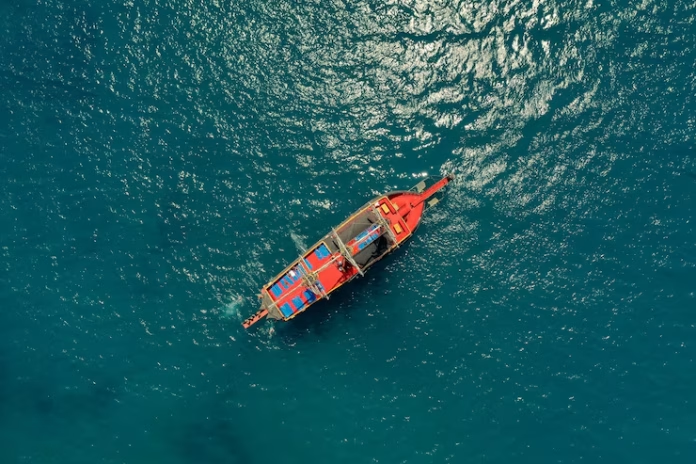Setting the Scene: Why Marine Insurance Still Matters Today
Global trade has never been smoother—or riskier. Despite high-tech ships and GPS-tracked cargo, the sea remains unpredictable. Storms strike, cargo gets damaged, and sometimes, entire vessels are lost. This is where marine insurance comes in, quietly ensuring that if disaster strikes, businesses don’t go down with the ship. While it may sound old-school, the law that governs marine insurance in India—the Marine Insurance Act, 1963—continues to play a vital role in modern commerce.
Anchoring the Law: What is the Marine Insurance Act, 1963?
At its core, the Marine Insurance Act, 1963, is a law that lays down the rules of the game when it comes to insuring anything related to sea voyages—ships, cargo, freight, and even profits. It defines rights, responsibilities, and remedies in case things go wrong at sea. From drafting contracts to handling claims, this Act forms the legal bedrock for marine insurance in India.
Charting the Origins: British Roots and Indian Adaptation
The 1963 Act wasn’t born in isolation. It’s heavily inspired by the UK Marine Insurance Act of 1906, which makes sense considering India’s maritime trade roots in the British colonial era. But over time, the Indian version evolved to accommodate local commercial realities, legal interpretations, and regulatory oversight. It’s an example of how colonial legal blueprints were localised to fit a new economic landscape.
The Core Principle: Utmost Good Faith at Sea
In the unpredictable world of maritime trade, trust isn’t just nice to have—it’s non-negotiable. The Marine Insurance Act, 1963, places “utmost good faith” at the heart of every marine insurance contract. This isn’t just legal jargon—it means both the insured (like a shipowner or cargo sender) and the insurer must be completely transparent about all material facts. If a ship has a mechanical issue or the cargo is unusually fragile, hiding that information, even unintentionally, can make the policy void. Why such a high standard? Because the risks at sea are vast and often hidden. The insurer can’t physically inspect every vessel or shipment, so they relies on the honesty of the insured. This principle ensures fairness and balance in a domain where uncertainty is a constant companion, and it’s one of the few areas in law where silence really can sink a ship.
What’s Covered: From Hulls to Cargo and Beyond
Marine insurance isn’t just about ships. It covers cargo, freight (the earnings from shipping), and even legal liabilities. Whether you’re a spice exporter in Kerala, a shipping line based in Mumbai, or a banker financing a trade deal, this law is relevant. It offers peace of mind across the entire logistics chain—from port to port and everything in between.
Navigating Losses: Total, Partial & Constructive Loss Explained
Not all losses are created equal. The Act categorises them into:
-
Total loss: where the subject matter is completely destroyed or irretrievably lost.
-
Partial loss: where damage is limited to part of the cargo or vessel.
-
Constructive total loss: where the damage is so severe that repairing or recovering it costs more than it’s worth.
Understanding these categories helps claimants and insurers determine how much is payable—and why.
Warranties and Perils: The Legal Fine Print
Warranties in marine insurance are promises. They can be about the ship’s condition, cargo type, or even the shipping route. If breached, the policy might become void. The law also details the “perils of the sea”—everything from natural disasters to piracy. These clauses help define the scope of risk and responsibility in each insurance contract.
Subrogation and Indemnity: How Risk is Rebalanced
Here’s where the legal logic shines. If an insurer pays for a loss, it can “step into the shoes” of the insured and recover the money from a third party responsible for the damage—that’s subrogation. Indemnity, on the other hand, ensures that the insured is compensated fairly, but not more than their actual loss. It’s all about balance, not profit, just protection.
Modern Waters, Old Laws: Is the Act Still Fit for Purpose?
The Marine Insurance Act, 1963, has aged gracefully—but not without wrinkles. Today’s ships are digitized, trade is faster, and risks include cyberattacks and supply chain disruptions. While the basic principles of the Act still hold up, legal experts debate whether it’s time for a refresh. Could we benefit from updates to reflect modern shipping realities like containerization and multimodal transport? Absolutely.
Final Thoughts: The Quiet Legal Force Behind Global Trade
The Marine Insurance Act, 1963, might not make headlines, but it works silently beneath the surface of global commerce. Every time a ship docks safely—or even when it doesn’t—this law ensures there’s legal protection for the people behind the scenes. It’s a reminder that some of the most powerful protections in business are the ones you never see… until you need them.
Also Read:
Rights of undertrial prisoners in India
How To Send A Legal Notice In India

